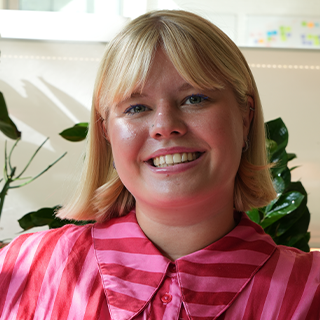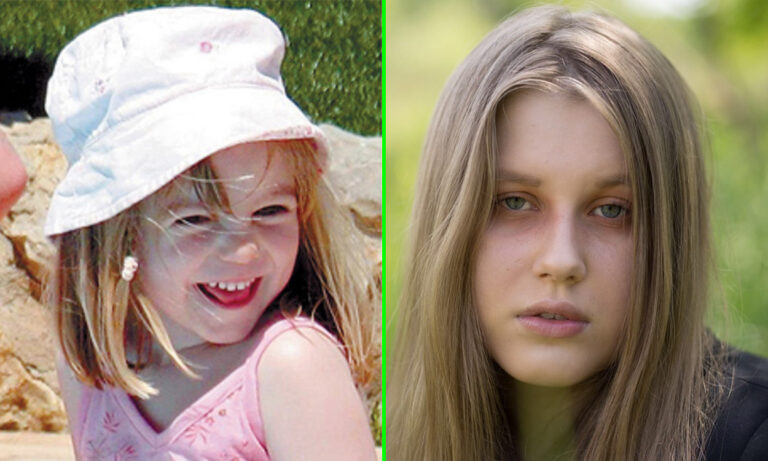Who is Julia Wandelt? Woman comes forward claiming to be missing Madeleine McCann
There are very few people who haven’t heard of the Madeleine McCann case. Having gone missing in Portugal in 2007 when she was only three-years-old, McCann’s disappearance has become one of the most heavily investigated and reported cases of all time. And now, 16 years later, an Instagram page created by 21-year-old Polish woman
With an account bio reading “Help me, I need to talk with Kate and Gerry McCann,” and a page full of pictures comparing her own face to Madeleine’s, Wandelt has accumulated 610,000 eagle-eyed followers—each and every one of them hooked on whether or not this could truly be the girl everyone has been looking for.
The Madeleine McCann case
Having been deemed one of the most puzzling child disappearances of the 21st century, the McCann story gripped the British media for the better part of a decade. Public forums and publications tirelessly spewed out theories and possible explanations—many of which assigned guilt to McCann’s parents, Kate and Gerry.
And on top of that, it’s been reported that the Met Police, who took over the investigation after the Portuguese authorities failed to make any headway, received approximately £11.75 million in funding for Operation Grange (the McCann case). The case was officially closed in late 2022 after all suspect possibilities were exhausted.
It should be noted that this amount of funding is extremely abnormal for a missing child’s case. And in fact, a number of charities and members of the public have previously criticised the sheer amount of resources that was poured into this one investigation. Particularly when there are approximately 112,853 children reported missing in the UK each year.
There is also something to be said about the fact that McCann was a white female child with blonde hair—a visual image of a victim that’s deemed ‘more valuable’ in Western culture. A number of academic publications, for example Arnout van de Rijt’s Racial and gender differences in missing children’s recovery chances, have verified that black children on average remain missing longer and are more likely to still be missing by the end of an observation period than non-black children.
Who is Julia Wandelt?
What can be immediately ascertained from Wandelt’s Instagram page claiming that she is McCann is that she suffered a very traumatic childhood and is trying to piece together her life now she’s an adult.
In one of her posts, the 21-year-old details how she was abused by a German paedophile, who she believes to have striking resemblance with a sketch of a potential suspect that was shared on the official find Madeleine website.
Wandelt wrote in a post underneath the sketch: “I need you to help me because police ignore me. I need the police to make a DNA test for me and compare it with Madeleine’s DNA. I need to talk with Kate and Gerry McCann.”
There are also a number of posts where Wandelt points out similarities between herself and McCann, including freckle placement, the details of her eyes and how her teeth looked when she was a child.
While the McCann family have not yet released a statement regarding Wandelt and whether or not they might believe her to be their daughter, they have agreed to pursue a DNA test—an update which Wandelt has shown off within her Instagram account’s bio.
Netizens online are incredibly divided over this alleged discovery. Some are convinced that Wandelt is definitely telling the truth, in fact some are even celebrating the fact that McCann has been found. Others of course are more sceptical, both of Wandelt, and the pernicious nature of social media.
However, there is a resounding feeling that Wandelt is in need of support and help. One user wrote on Twitter: “Whether the girl on Instagram is Madeleine McCann or not, it is clear she needs help. She is clearly a victim of abduction or child trafficking, and her story needs to be heard.”
It’s definitely true that, whoever Wandelt is, she has a story that she would like to share, and she deserves to be listened to—whatever the outcome.
SCREENSHOT reached out to Julia Wandelt for a comment.






